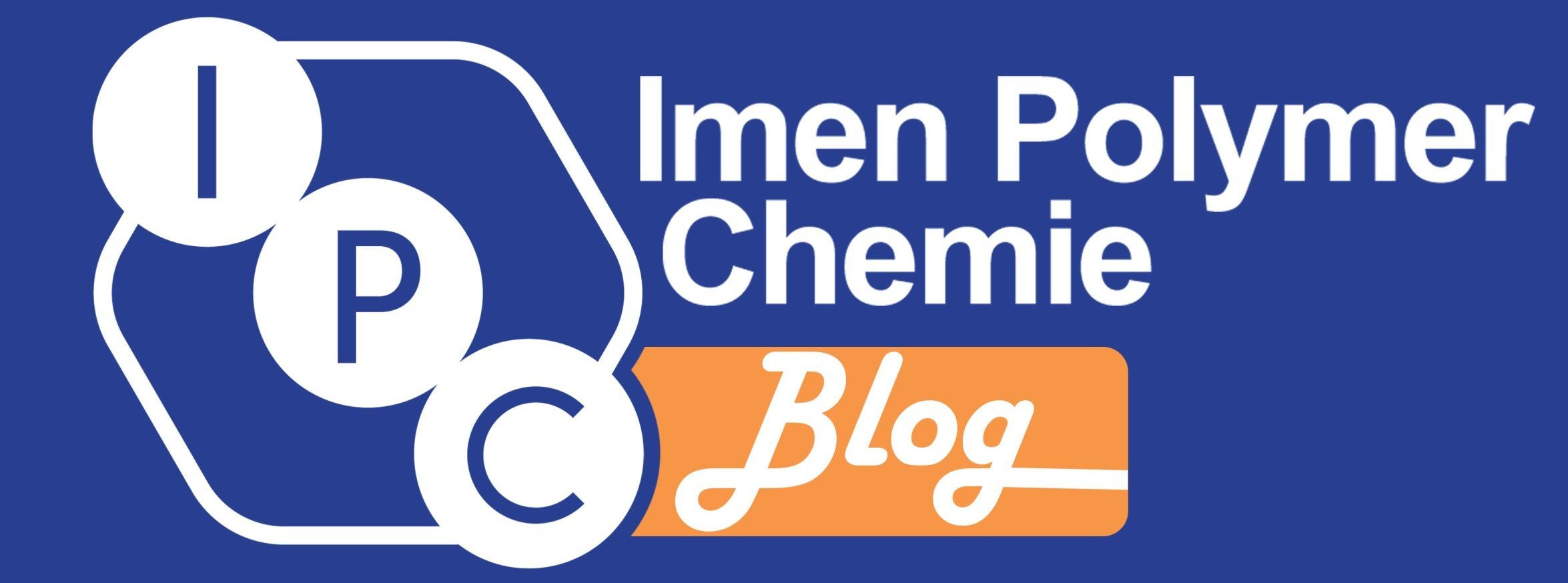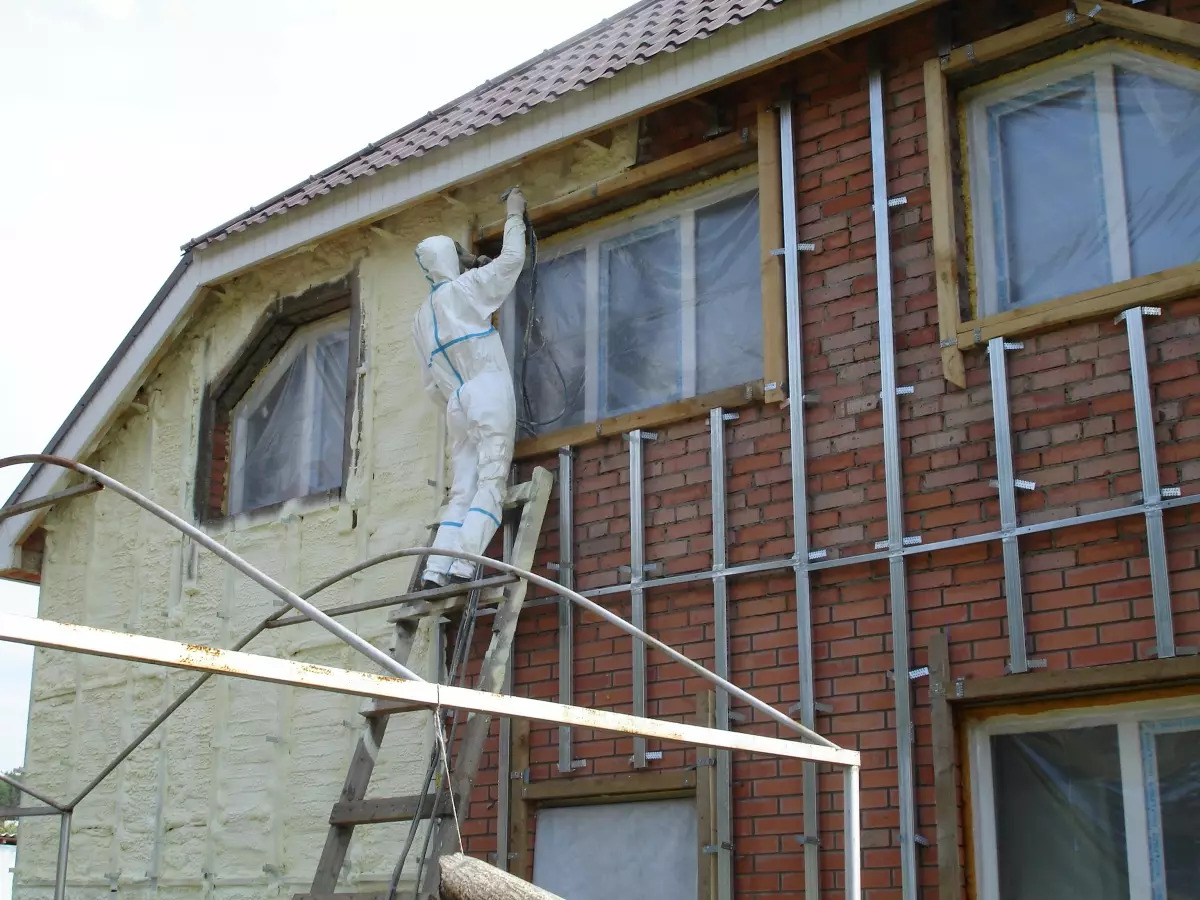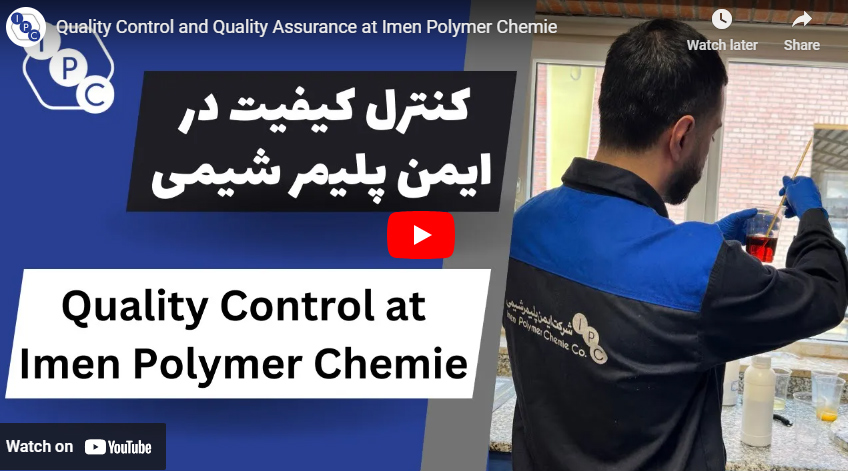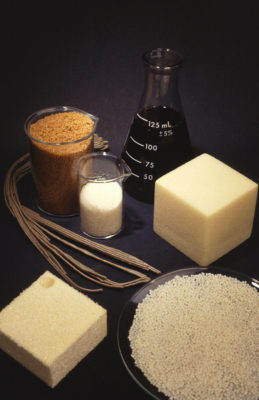Table of contents
What are the advantages of insulating buildings with polyurethane foam?
Proper thermal insulation of the building is very important. Why? Above all, due to savings, which in the case of using PUR foam can reach up to 50%! Find out what benefits you get by using this material for thermal insulation.
Polyurethane foam – why it conquered the world?
A few, a dozen or so years ago, hardly anyone in W.m−2 heard about polyurethane foam. However, overseas, especially in America, foam and its excellent properties have been known for many years.
The real expansion of polyurethanes began with the discovery of the possibility of foaming. The first polyurethane foams were created in 1947, and three years later in Canada, this material was first used in construction. It turned out that foam works well as a self-contained insulator, which does not require additional adhesives and other assembly substances. It also became clear that foam spray is a child’s play, fast and without any drawbacks. The expanding foam fills any, even the smallest gap, ensuring perfect thermal insulation.The properties of polyurethanes already in the 1960s have contributed to its high popularity in the market for roofing systems in the United States.
Soft foam – advantages
Two types of foam are used to insulate houses. The first of them – open-cell foam, colloquially called a soft foam – is suitable for insulating indoor spaces, for example, attics and walls. The spraying is carried out directly from the inside onto the roof structure, with the help of specialist spray equipment. It takes just a few seconds for foam to expand its volume 120 times, creating a layer of warm, tight, and flexible thermal foam.
The advantages of open-cell foam include, first of all, its durability. After application, foam retains its properties throughout the life of the building and at the same time does not oxidize, does not shrink, and does not fall. Another great benefit is its quality and continuity of surface coverage. The spraying technology allows to eliminate joints in insulation and thus thermal bridges by filling all the gaps and voids. Thanks to this you will avoid heat losses in the winter, and in the summer you will be able to protect your rooms from excessive overheating. Soundproofing, that is, excellent sound attenuation properties, is another of the benefits of polyurethane foam application.
To a set of advantages, it is worth adding its vapor permeability, thanks to which there is no condensation on the walls and ceilings. The surface covered with open-cell foam “breathes”, there is no condensation of moisture in the rooms. And most importantly for your loved ones, PUR foam is an odorless material, does not produce dust, and does not emit any harmful substances during its use. It is also resistant to molds and fungi and does not cause allergic reactions in humans and animals. Remember also that a well-functioning team will be able to perform as much as 400 m2 of foam insulation per day!
Benefits of hard foam application
The second type is rigid foam, otherwise known as closed-cell foam. According to specialists, this type of material ensures excellent thermal and hydro-insulation of terraces, roofs, and foundations. Thanks to the closed-cell structure, PUR foam is a barrier impermeable to moisture and cold air. It is often chosen as insulation of various atypical buildings – it works well as thermal insulation of, for example, halls and warehouses, livestock buildings, fruit and vegetable storages, or cold stores.
Closed-cell foam has a minimum of 90% of closed cells in its structure. Its application consists in spraying an appropriate layer of rigid polyurethane foam on the insulated surface with the help of specialized devices. During foaming, it increases its volume several times, thanks to which it fills all gaps creating a uniform, jointless protective layer.
And what are the benefits of using this type of foam in thermal insulation? There are a lot of them and below you will find only the best-known ones:
- Excellent thermal insulation
- The heat transfer coefficient is 0.020-0.023 W.m−2. This value is lower than the other insulation materials available on the market. In addition, spray insulation is not punctured by mounting fasteners that have a high thermal conductivity coefficient.
- Tightness, continuity of coverage
- Lack of profiles and fasteners, joints between panels and welds at the material interface. Also, unusual surfaces can be filled with this foam. The use of foam eliminates thermal bridges, complicated joints, and substructures.
- The surface of foam can be shaped as desired. It is easy to make rounded edges and jointless insulation overlap on two planes (for example, when isolating the ceiling above the basement from below). Foam can be sprayed with additional protective coatings. Sometimes they are necessary, as in the case of exposing foam to UV rays or the possibility of a high water volume.
- Resistance to biological influences, solvents, and chemicals
- Foam is resistant to most chemical compounds. In this respect, it has better properties than other commercially available insulation materials. However, when selecting coatings, always check whether they can be used together. It is best to use systems and materials recommended by the manufacturer.
- Quick montage
- The speed of foam spraying is a value unachievable for other materials, laid in panels, often requiring the installation of additional constructions, fixing fasteners, or a team of several people.
- Material tested and certified
- It is classified as a material admitted to marketing and general use in construction.
- Adhesion to almost any surface
- This is a feature that testifies to the versatility of the product. The ease and time of spraying translate into the increasing popularity of spray insulation.
Wall insulation with PUR foam
It’s safe to say that insulating walls is a future investment. What determines this? Foam provides insulation for many years and does not allow for water penetration, walls dampness, and the formation of mold and fungi.




